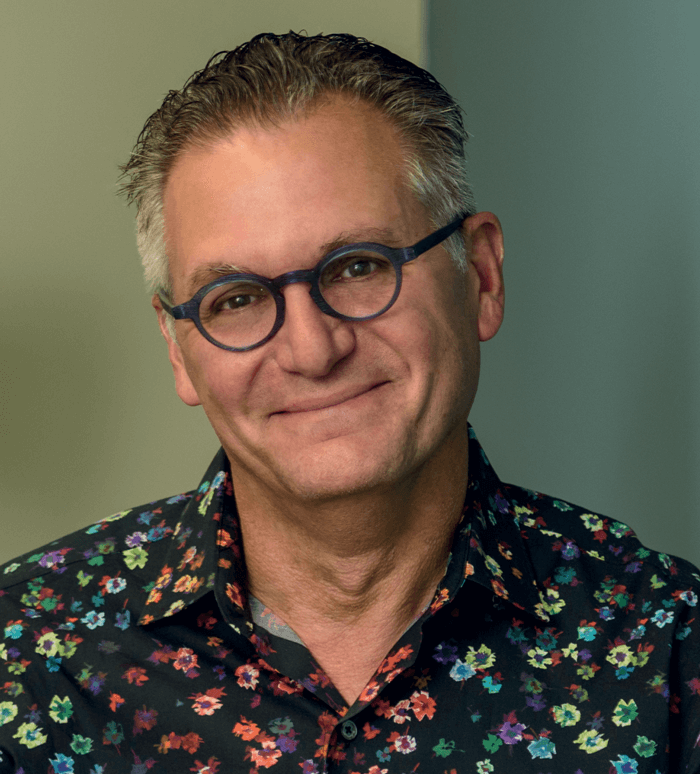
Patient adherence to medical treatment can be complicated by physical, emotional, and environmental challenges – even in the best circumstances. When the patients are children, compliance can be even more challenging to manage. During 30 years as a pediatric ophthalmologist, I’ve treated my fair share of patients with amblyopia, and I am all too familiar with an obvious reality: though occlusion therapy (often referred to as patching) works, it only works if parents and caregivers can convince the children to wear the patch. Self-esteem issues, discomfort, and other factors can limit compliance to below 50 percent (1). And failed treatment in childhood can have the consequences of reduced vision in one eye, limited coordination skills, and impaired depth perception in adulthood (1).
Because patching is often abandoned before the desired outcome is achieved, I am always on the lookout for innovative amblyopia interventions. And a particularly promising treatment – and one that I am currently evaluating as a clinical investigator in a pivotal trial – is CureSight (NovaSight, Israel). This digital, screen-based tool trains the visual system to use both eyes simultaneously and was shown to be noninferior to eye patching in a large, multicenter, Israel-based, randomized, controlled pivotal clinical trial (2). Personally, I find it easy to use and effective – and children find it appealing.
Proven outcomes
The total cohort of the randomized study included 103 participants aged 4 to 9. The treatment group used the device for 90 minutes a day, 5 days a week for 16 weeks, while the patching control group received 2-hour patching 7 days a week. In addition to achieving the noninferiority primary endpoint, analyses of the pivotal study demonstrated that Best Corrected Visual Acuity (BCVA) improvement at week 16 was larger in the treatment group compared with the patching control group. Specifically, out of the patients who reached the 16-week visit, 79 percent in the treatment group had a BCVA improvement of two or more 2 lines in their amblyopic eye versus 61 percent in the control group. Analyses of the findings indicate that the approach improves both visual acuity and binocularity.
The study also evaluated adherence and patient satisfaction. The mean adherence to CureSight use during the study among the 43 subjects evaluated at the week 16 visit was 93 percent. In addition, 95 percent of parents reported that they are likely or very likely to choose the digital treatment over patching (2).
I am currently participating as an investigator in a similar US-based CureSight trial that also treats patients ranging in age from 4- to 9-years old. We are still in the process of gathering and reviewing data; however, my first impressions indicate that the patients are very excited once randomized to the digital treatment and that compliance stays high throughout the treatment period. We have 17 patients randomized to either CureSight or patching. Notably, those in the patching control group are given the opportunity to use the digital eye tracking therapy after completing their 16 weeks of participation in the trial.
An innovative intervention
Consider the fact that all previous widely-used amblyopia treatments have addressed only one eye; for example, covering the non-amblyopic eye with a patch or using atropine drops to blur the vision in the non-amblyopic eye. CureSight takes us down a different avenue – and I believe it is reflective of the new normal or, at the very least, the future of amblyopia treatment. But how does it work? In brief, the patient watches any streamed video content of their choice in the comfort of their home for a specified amount of time on a daily basis through red-blue treatment glasses. The device uses algorithms and eye-tracking technology to blur the center of vision of the image that is shown to the strong eye using real-time image processing. This blurring encourages the brain to complete the fine details from the amblyopic eye image and, importantly, trains the two eyes to work as a team. The system includes a cloud-based portal that allows ECPs to monitor patient treatment progress and compliance, while a Monitoring Center provides comprehensive patient support. Directed by practicing ophthalmologists and supported by a team of certified ophthalmic professionals and patient engagement specialists, the Monitoring Center services include compliance monitoring, troubleshooting, billing, and technical support.
Compliance is key
There are so many positive aspects associated with this technology in general – and especially when you compare it with patching. Most children play games or consume content on some form of digital screen every day; by combining amblyopia treatment with an activity they enjoy, we’re able to remove many of the challenges around adherence. What’s more, it’s easy to fit screen-time into a child’s before or after school routine. The eye tracking program monitors eye movement so it can keep track of whether the child is paying attention or if their attention is wandering. If the latter, the program reminds the child to re-engage so they maintain the prescribed treatment schedule. Given that the treatment offers children unlimited choice in streamed visual content and provides continued support from the Monitoring Center, it seems likely that adherence levels will remain high even outside the rigor of clinical studies.
Conversely, most children do not want to wear the patch when they are in school or with friends at after school activities, and patching before school or while in the car on the way back and forth to sports and play dates is easier said than done. Moreover, the patch adhesive can be irritating – even more so if the patch is being repeatedly removed and reapplied...
A positive take on amblyopia
Recently, CureSight received 510 (k) clearance from the US FDA, which means it will soon be available for use outside of clinical trials. Additionally, three unique Current Procedural Terminology codes were assigned for: i) the home training portion of the program, ii) the remote monitoring portion, and iii) physician interpretation of the data. I think the assignment of the CPT codes marks an important step toward gaining health insurance reimbursement – and that could mean greater interest and acceptance by patients across a diversity of economic backgrounds.
I believe this technology has the potential to make amblyopia treatment more positive for all concerned – especially children, who are only being asked to engage in a modified version of an activity they already enjoy with their future vision in mind. Finally, a good excuse for additional “screen time” for parents and kids alike!
Disclosures
Dr. Sala does not have a financial interest in NovaSight.

References
- J. Wang, “Compliance and patching and atropine amblyopia treatments,” Vision Res, 114, 31, (2015) PMID: 25743080.
- T. Wygnanski–Jaffe et al., “The CureSight Pivotal Trial Group, An eye-tracking-based dichoptic home treatment for amblyopia: a multicenter randomized clinical trial, Ophthalmology (2022) online ahead of print, PMID: 36306974.
